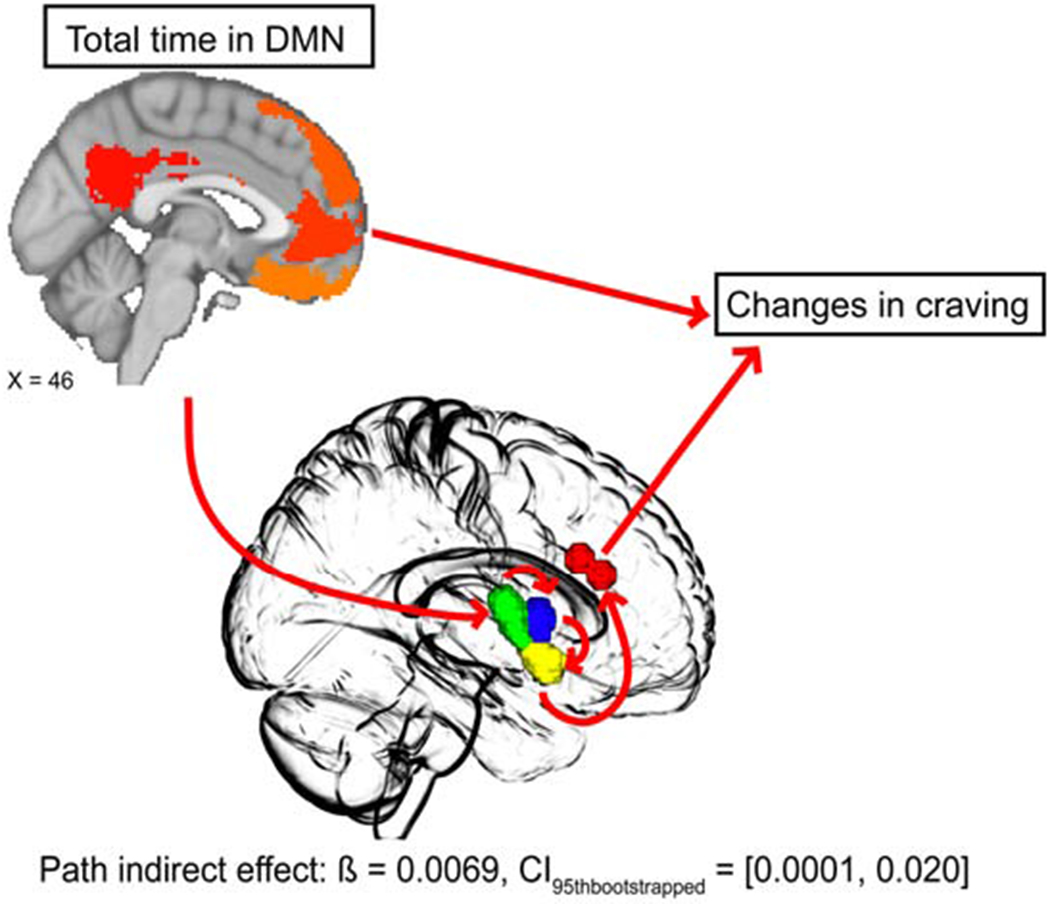Fig. 3. Mediation model using AI subregions as mediators.

We applied a model where neural cue reactivity of AI subregions and dACC were the mediators and found that posterior short gyrus (green in center brain template), middle short gyrus (blue in center brain template), anterior pole (yellow in center brain template) and dACC (red in center brain template) together significantly positively mediated the relationship between time spent in the DMN state at rest and cue-induced subjective craving. Specifically, the path, beginning with total time in the DMN state to posterior short gyrus cue reactivity, to middle short gyrus cue reactivity, to anterior pole cue reactivity, to dACC cue reactivity, and ultimately to changes in cravings yielded a significant indirect effect.
